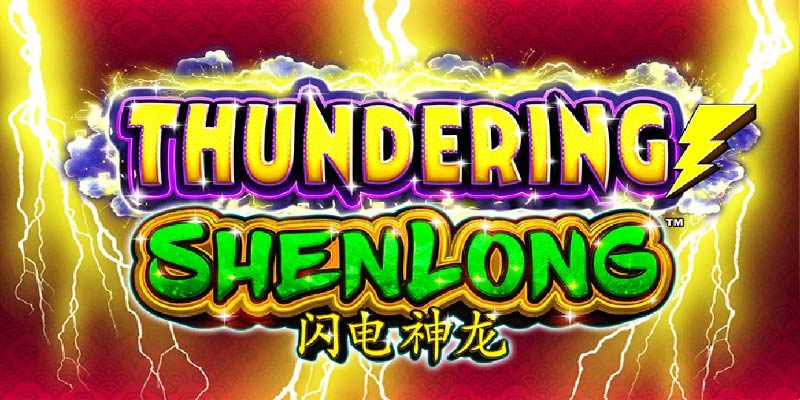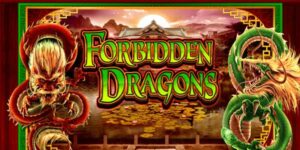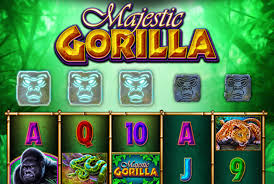
Discover Thundering Shenlong: The Mystical Roaring Dragon
The Thundering Shenlong embodies the awe and wonder of ancient mythology, representing a powerful force that is deeply embedded in cultural heritage. This mythical dragon, with its thunderous roar, evokes images of strength, nature, and mysticism. As we journey through the tales surrounding the Thundering Shenlong, we’ll uncover its origins, significance, and enduring presence in modern culture New88.
Introduction to Thundering Shenlong
The TS serves as a bridge between the natural world and the divine, illustrating humanity’s quest for understanding and reverence for the elements. This legendary creature captures the imagination, evoking a blend of fear, respect, and admiration.
What is Thundering Shenlong?
To truly appreciate the essence of TS, one must first understand what this term represents. In Chinese mythology, “Shenlong” translates to “divine dragon,” a powerful entity responsible for bringing rain, controlling wind, and commanding the forces of nature. The adjective “thundering” underscores the immense power associated with these dragons, emphasizing their connection to storms and the atmosphere.
The concept of dragons in various cultures often symbolizes strength, wisdom, and protection. However, the Thundering Shenlong stands apart due to its unique association with thunderstorms and agriculture. Within the context of Chinese culture, Shenlong is revered not only as a mighty protector but also as a deity that brings fertility to the earth through rain. This duality adds depth to its character and enhances its allure.
Historically, the Thundering Shenlong has been represented in various forms of art and literature, portraying it as a majestic being capable of transforming the environment. It calls to mind the raw beauty of nature and reminds us of our place within it, creating an intricate tapestry of meaning connected to the cycles of life.
Origin and cultural significance of the name
The etymology of Thundering Shenlong draws from deep-rooted traditions in Chinese history. Dragons hold a prestigious position within Chinese mythology, believed to have originated from ancient tribal beliefs and rituals. The name “Shenlong” combines “shen,” meaning divine or spirit, with “long,” which translates to dragon, thereby highlighting its celestial nature.
In ancient times, dragons were symbols of imperial authority. The emperors would often associate themselves with dragons to consolidate power and legitimize their rule. The Thundering Shenlong, in particular, became emblematic of the agrarian society; its ability to summon rain was crucial for farming communities reliant on seasonal weather patterns.
This semi-divine status granted the Thundering Shenlong immense respect and a sense of spiritual responsibility. It became a guardian of the land, entwined with societal customs tied to agricultural festivals, prayer rituals for rain, and other communal activities. Elders would recount tales of the Thundering Shenlong to children, instilling a sense of heritage and importance regarding the balance between humanity and nature.
Why Thundering Shenlong captures fascination
The largely mythical nature of Thundering Shenlong has captured the attention of people across generations. There are several reasons for this sustained fascination. On one level, the dragon’s potent symbolism—representing power, wisdom, and freedom—resonates with fundamental human desires. The idea of a powerful and benevolent force governing nature appeals to our longing for security and harmony amid chaos.
Additionally, the concept of thunder itself plays an essential role in this dragon’s allure. Thunder awakens feelings of both fear and excitement; it serves as a reminder of nature’s uncontrollable powers. The Thundering Shenlong intertwines these emotions, inviting us to confront our fears while recognizing the beauty inherent in the natural world.
Furthermore, stories of the Thundering Shenlong allow individuals to connect with their cultural roots. They reinforce traditional values that emphasize respect towards nature and the need to live in harmony with one’s surroundings. This generational storytelling fosters a sense of identity among communities, allowing them to maintain a link to their ancestors while adapting to changing times.





